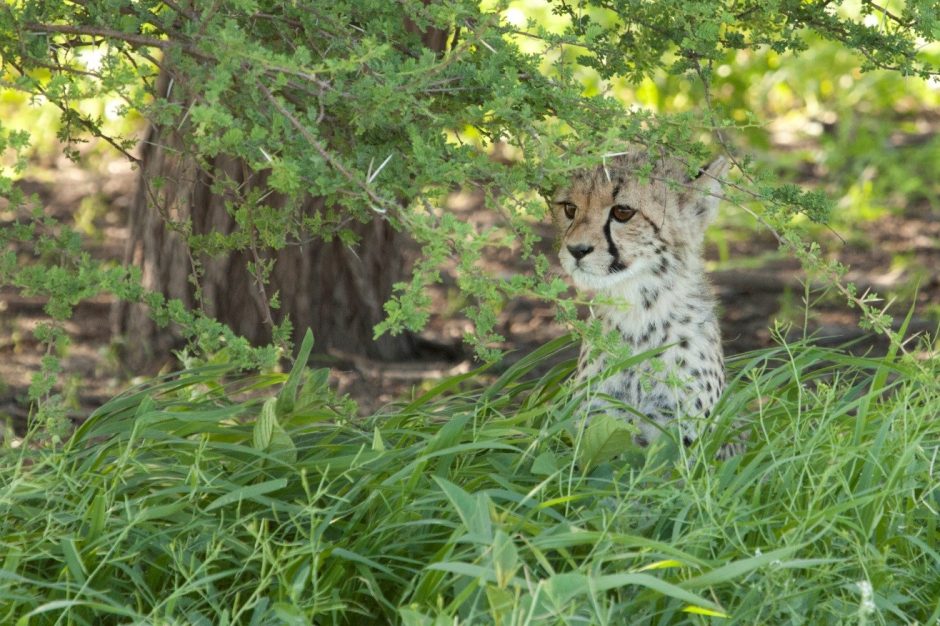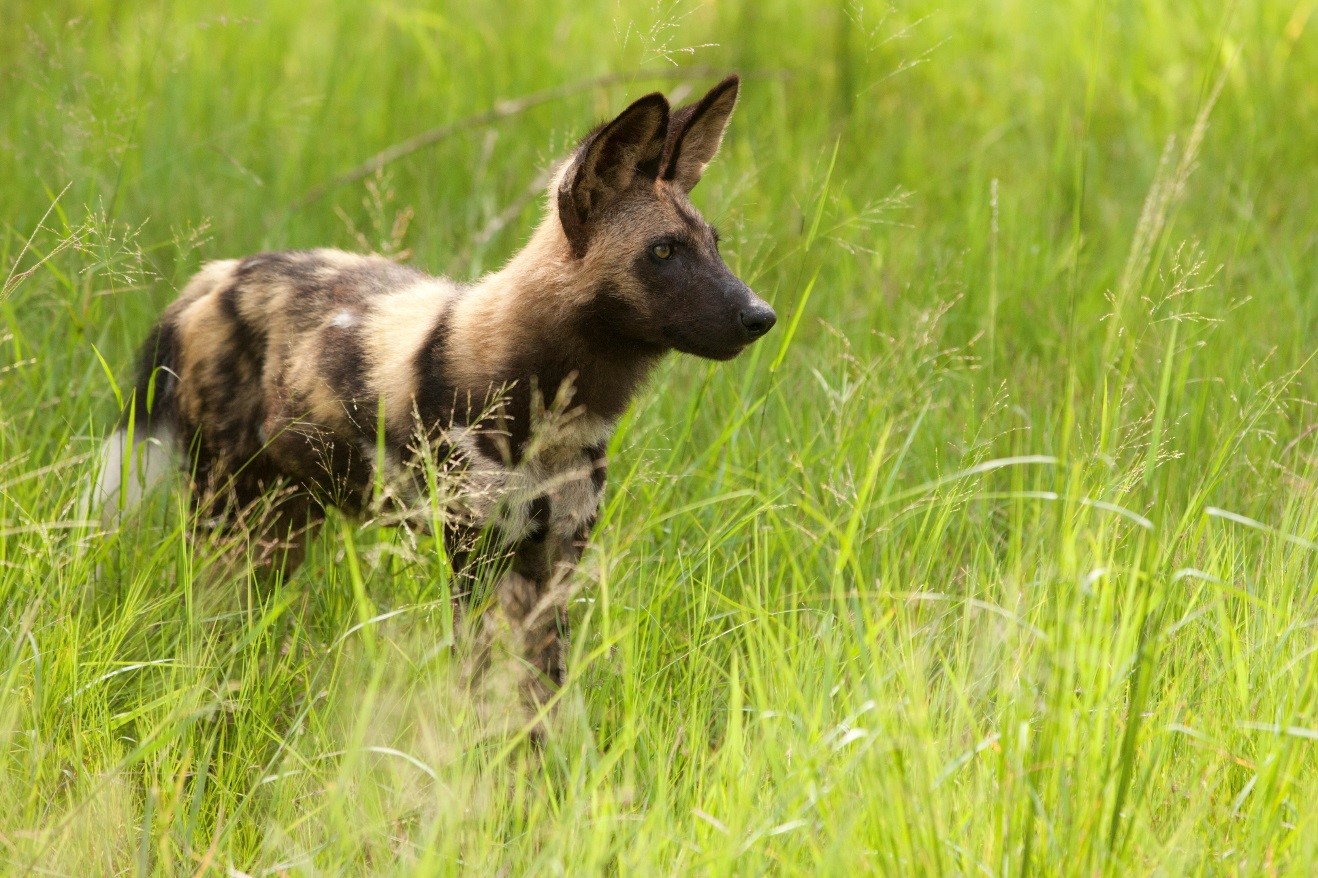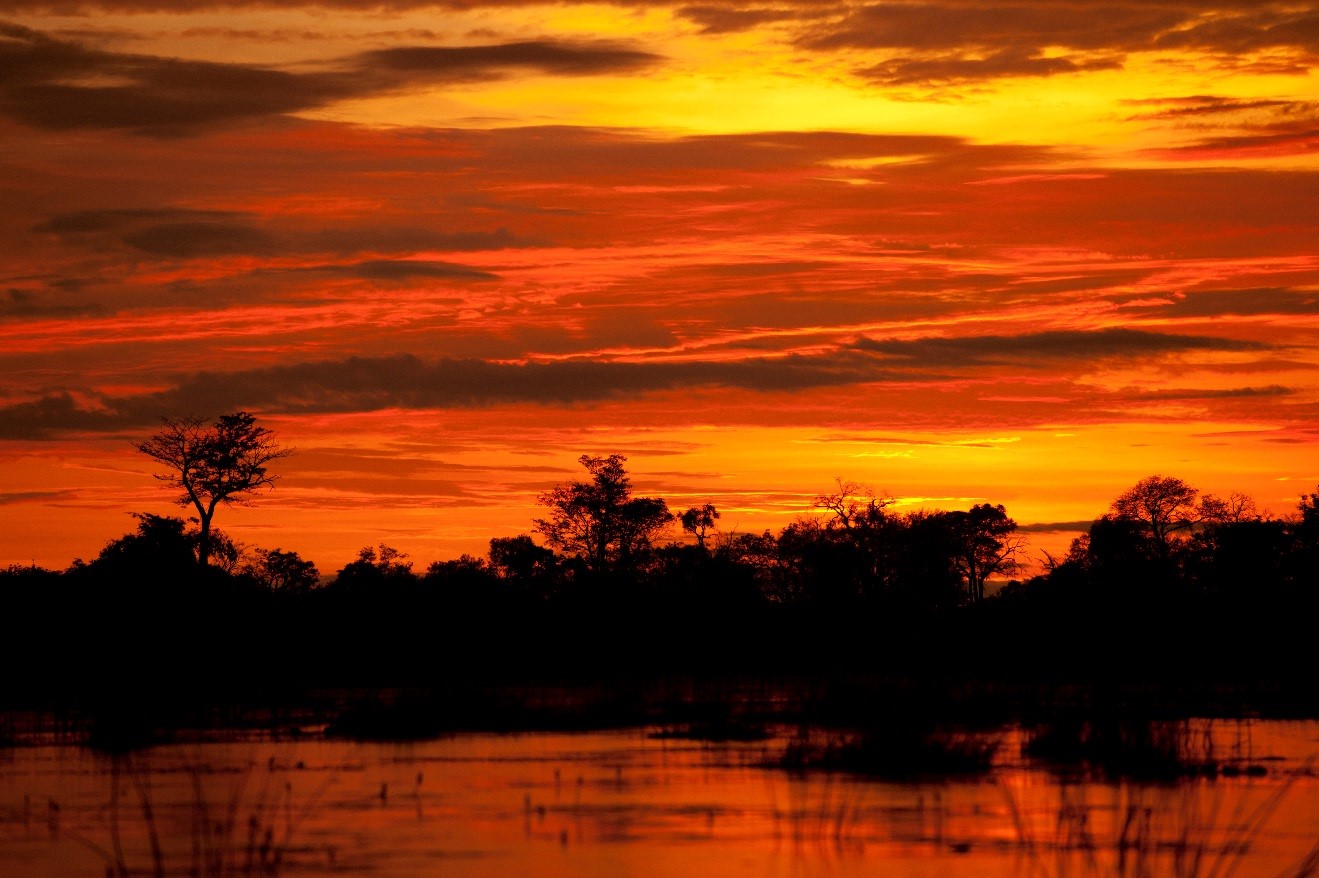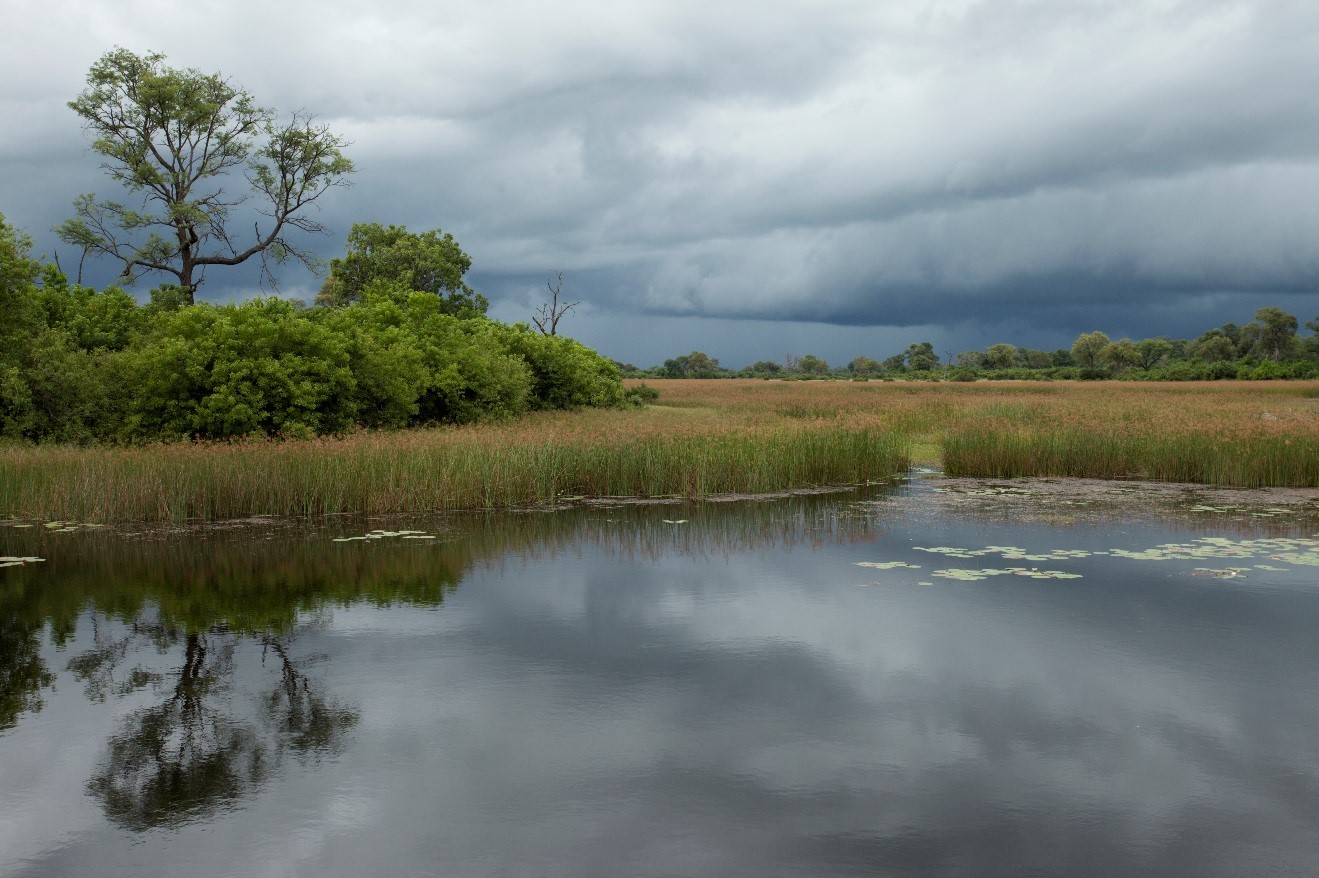
7 Reasons to Photograph Botswana’s Green Season
As a photographer, you should seriously consider Botswana’s green season when thinking about your next safari destination. The wildlife is abundant and the colors are sensational. And if you’re the kind of person that loves taking cloud photos or capturing amazing sunsets, it’s the best time of year for this – from November to March.

The long days of summer
In southern Africa, November to March marks their summertime. That translates to longer days and some fantastic light in the morning and evenings. This also happens to be the time of day when wildlife are most active, so you’re getting superb light right when it counts.

A little rain isn’t a bad thing
Much like summers in other sub tropical regions, afternoons can see some rain. This is actually quite good, because it tends to scare off the majority of safari-goers because they feel that it will keep them grounded and result in fewer wildlife drives or animal sightings. That couldn’t be further from the truth. With covered vehicles, a brief thundershower can yield extraordinary wildlife sightings and animal behaviors. Most animals love water (even the cats of Africa do!) and capturing their exuberance after a shower makes for wonderful photography.

Spring is the birthing season
Just like many places in the world, Southern Africa’s birthing season is in the spring, when new plant growth and water bring the food chain to life and favorable conditions for young animals. Do you dream of photographing cheetah cubs and wild dog pups? Aim for the green season!

The Vegetation is Verdant
The green season is definitely called that for a reason. It’s the only time that you’ll get that bright green color in the landscape across southern Africa. As rains begin in November, places that are often arid, like the Kalahari Desert, springs to life with lush grasses and even wildflowers.

Taller grasses make for fascinating photos
One valid argument against the green season is that the taller grasses mean animals can be a bit more hidden than if the grasses were dried. That is true, but I think the above photo exemplifies why this isn’t necessarily a bad thing. With the right eye (and of course right safari guide!) you can turn this into a wonderfully intriguing positive when the grasses “get in the way.”

Dramatic clouds = dramatic sunsets
Who doesn’t like a good sunrise or sunset? With the clouds that are more common at this time of year comes dramatic lighting, too. The best photographic safari companies will prioritize these times of day, so be sure pick the right outfitter and ask the right questions.

Soft lighting makes for stunning landscapes
Oftentimes people revere blue skies and full sun as being the epitome of a perfect photo. However, we photographers know that it’s actually the soft lighting generated from sun-through-clouds that makes for that even lighting we’re looking for in the best photographs. No harsh shadows means that everything is equally lit with no overly bright spots, nor dark shadows. Mix in a few dramatic thunderheads and you have a really unique shot!
As you can see, the green season is a truly special time of year to visit Botswana. Whether it’s your first time to Africa, or you are a seasoned safari-goer, if you haven’t experienced this time of year on safari, I think it might be your new favorite experience.
All the best,
Court
Leave a reply